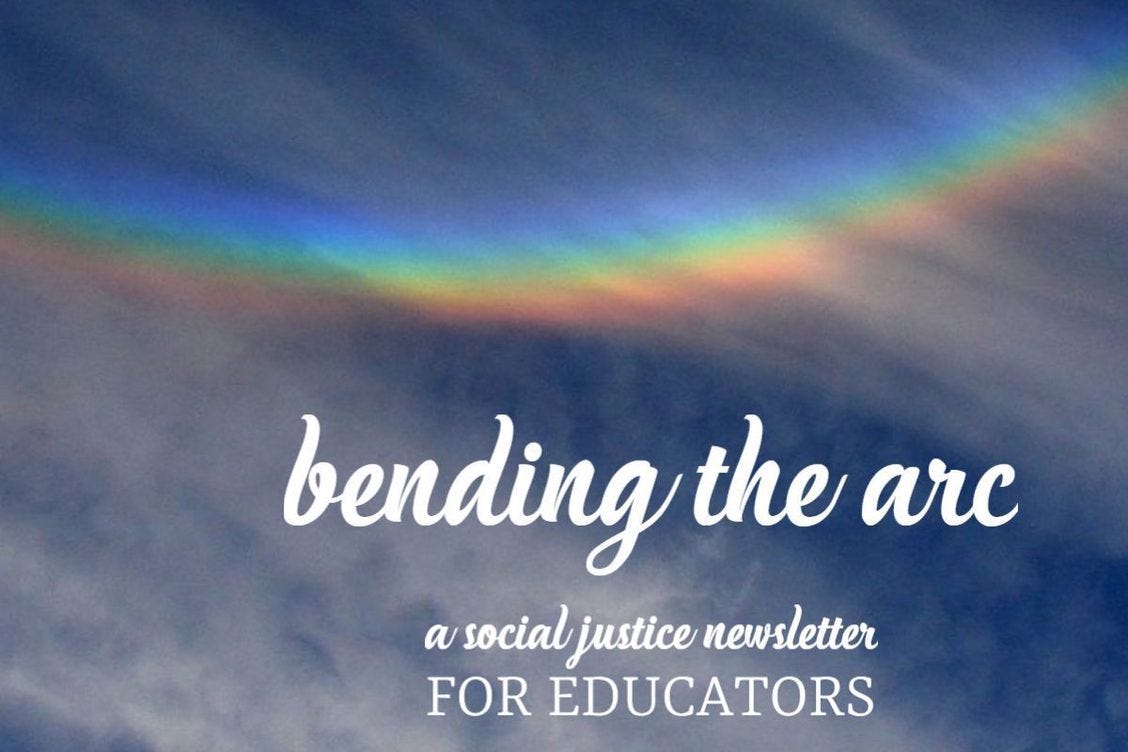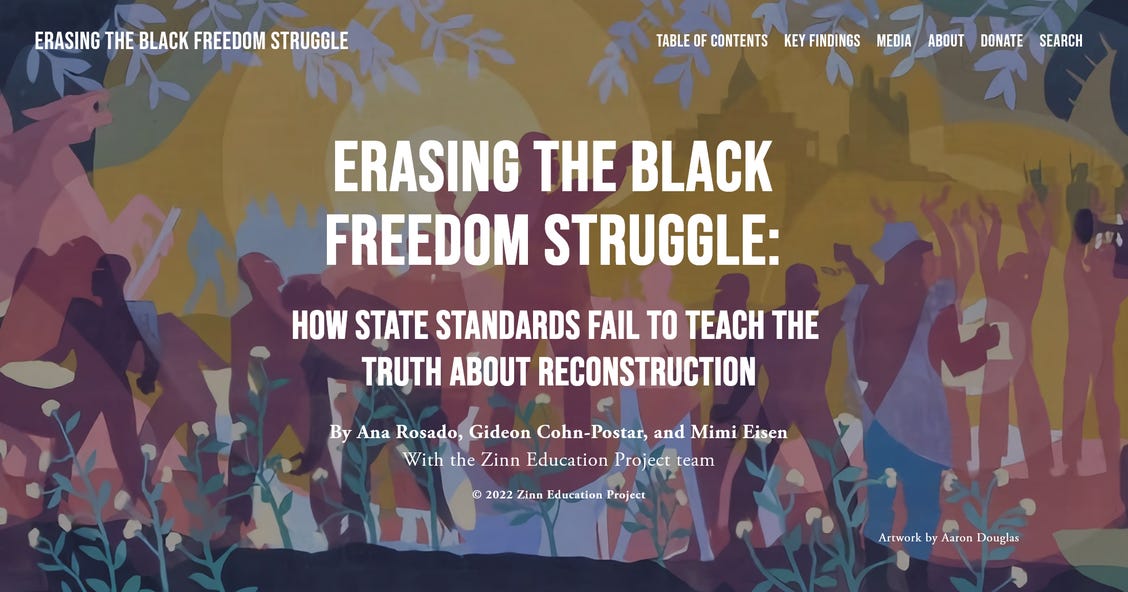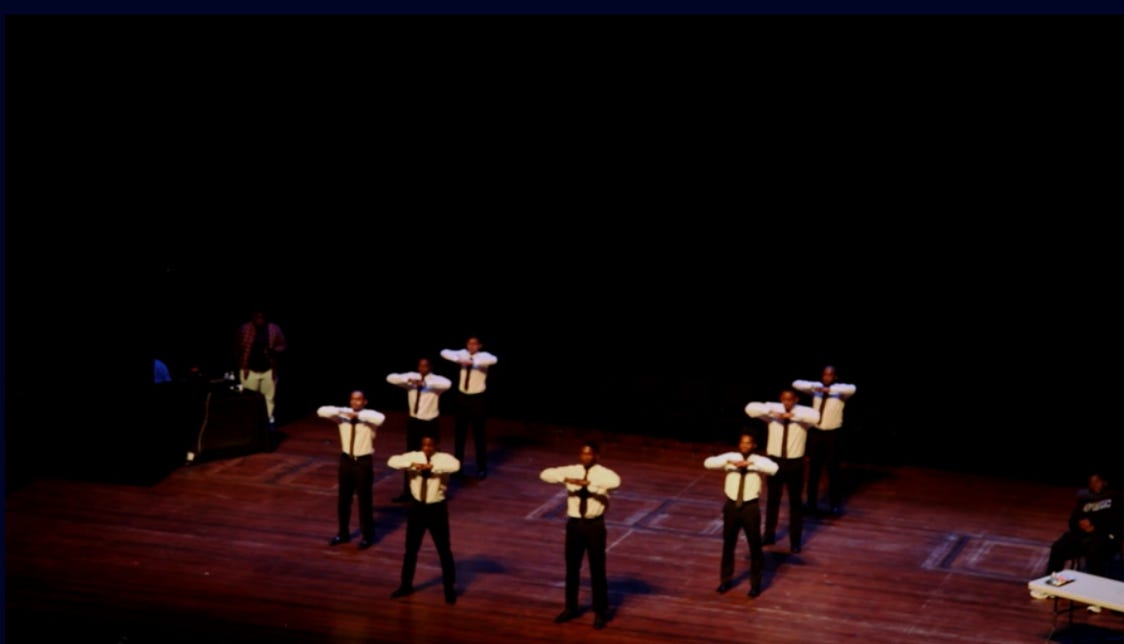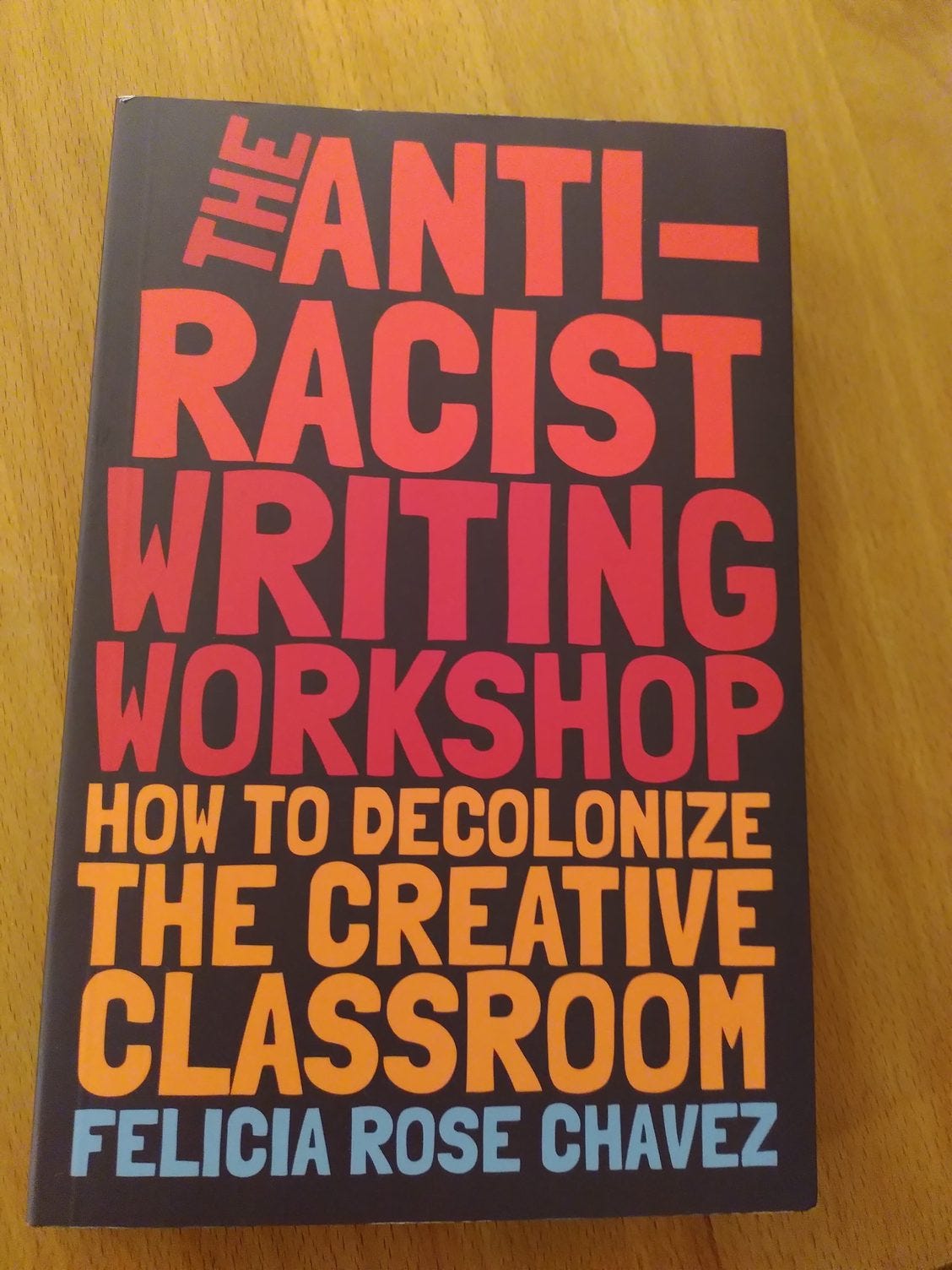Black History Month 2022
It has taken me a bit longer to pull this newsletter together, in my mind at least. Of course, on an American calendar, February is the designated month to celebrate and commemorate Black History in multiple forms. It’s not a surprise. It’s an annual fixture towards which we can plan. That said, I think my struggle has to do with the sense of obligation (How could I not focus on #BHM in February?) accompanied by the desire to see Black History recognized and celebrated all year long. My internal response has been to drag my feet in delivering this missive.
That said, my delay is not for lack of learning opportunities to share. On the contrary, the bounty of options is steadily growing. Curating a few that will likely strike a chord, resonate a bit more deeply or reveal a fresh perspective - all that demands a bit more resolve and energy. In this sense, I’m excited to present some links that are slightly off the beaten path; resources that clarify historical events and that also celebrate the riches of Black culture in music, dance, visual and literary arts.
First off, the Zinn Education Project recently published an extensive report on improving the teaching of American Reconstruction History. In their introduction, the authors note:
“Based on our analysis of state educational standards, our national survey of teachers, and our assessment of a sample of district curricula across the country, incorrect and often racist approaches to teaching Reconstruction still define the standards and curricula of many states.”
The report provides not only a clearer framing of what Reconstruction was and how it has influenced political developments since, it further proposes recommended standards for teaching Reconstruction accurately. Whether you teach History in your classroom or not, the report offers a rich and nuanced account of the period and illuminates connections to current attempts across the United States to restrict the teaching of accurate history. Highly recommended reading!
Several organizations and publications have curated wonderful selections of resources. Two of my favorites this month are:
Scalawag Magazine’s “Read, Watch, Listen, Do: Recommendations for Black History you should know.”
Black Women Radicals: Black Women Make History Every Day
Both of these carefully curated lists offer a treasure chest of Black genius, power, care and joy. From video footage of Sister Rosetta Tharpe, the Godmother of Rock and Roll, to a recent documentary on a University of Mississippi fraternity step team capturing a championship title, I have found so many unexpected delights that truly lifted my spirits.
Consider, too, that museums across the globe now offer tremendous learning opportunities and resources online. The Smithsonian Institution recently launched a new digital hub: Our Shared Future: Reckoning With Our Racial Past. Again, you’ll find all manner of resources to address a range of historical and cultural topics. The selection of K-12 resources seems thoughtful and interesting. I particularly liked these art-related choices:
Early childhood activity books from the National Museum of African American History and Culture.
The Smithsonian American Art Museum offers a collection of materials dedicated to Black art that is amazingly rich and exciting!
A History of One’s Own
Something I wish I had thought more about in the past is making history more personal. What do I know about my own family’s stories of being Black in America? It has taken me a very long time to begin to ask and research such questions.
Starting small, I tried an online search for my ballet teacher, Mrs. Elaine Gibbs Redmond. I spent most of my Saturday mornings between the ages of 6 and 12 at her ballet studio. We were all Black girls from Cleveland’s east side learning the essentials of classical ballet. I adored Mrs. Gibbs and was desperate to win her approval with my dedication. The years I spent under her tutelage shaped me profoundly.
Well, lo and behold, my quick search yielded a whole webpage focused on her achievements as a dancer, instructor and community member! There’s even an interview with her describing her own dance beginnings. What this brief episode taught me is that the immediate history of where I grew up, the schools I visited and the organizations that influenced me is more accessible than I thought. Archives exist! It also reminded me that my experiences and those of my family members belong to history. That’s easy to forget when the emphasis is usually on singularly famous individuals.
One more thing…
Finally, I want to share a book that I think more of us should read than those who will feel immediately addressed by its title. Felicia Rose Chavez gives educators a blueprint for writing instruction and community that is liberatory in every sense of the word. The Anti-Racist Writing Workshop: How to Decolonize The Creative Classroom is part guidebook, part memoir. Throughout the text, Chavez models the process of unlearning deeply ingrained habits that permeate writing instruction informed by white supremacy. Thanks to a five-week writing workshop I participated in last month, I got to experience this approach first hand as a learner. Dear reader, believe me when I tell you, it’s a game changer.
“It’s time to demand better not just for writers of color in our own separate art collectives, but for everyone, everywhere…Were we to stop worshipping whiteness as the default and adjust the parallax to include racialized bodies, we’d reveal whole continents of complexity to enrich our literary integrity.” - Felicia Rose Chavez
And with that thought, I leave you until next month.
Be well,
Sherri
images: Screenshots & photo, S. Spelic.





